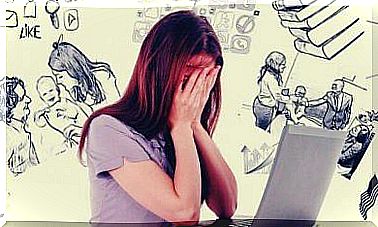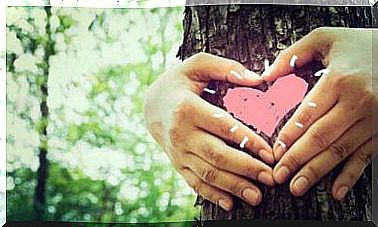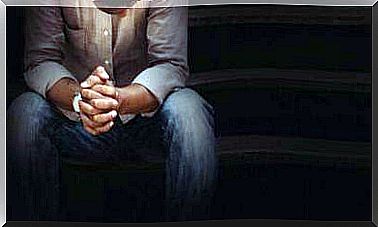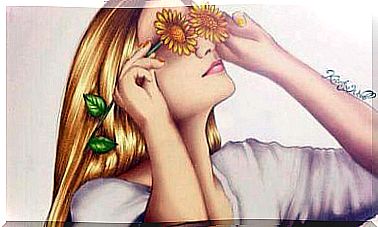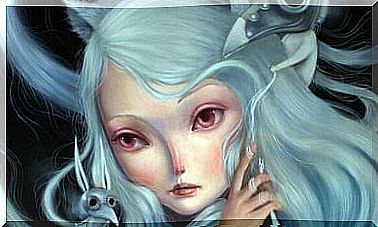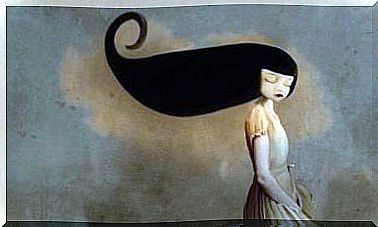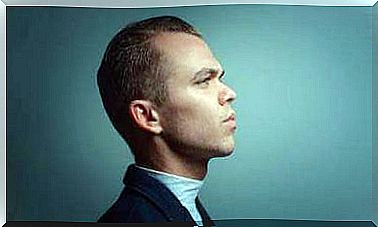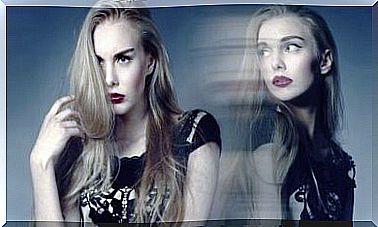Fear Body Language
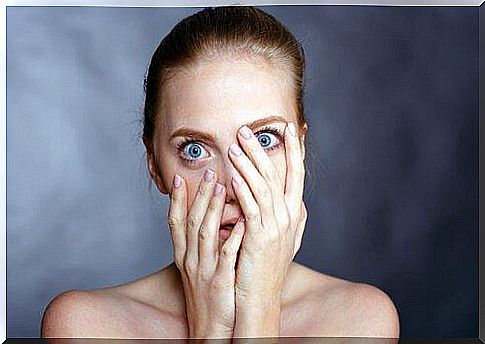
While feeling fear is normal and perfectly legitimate, there are situations where we don’t want it to be obvious. Unfortunately (or thankfully, depending on how we see it), the body language of fear may sometimes reveal what we feel within us.
Although there is no dictionary in the body language of fear, humans have a certain kind of radar that allows us to read these signs. It does not, of course, give a completely rational interpretation. We simply sensed someone was afraid. As a result, we don’t trust those who are not confident, or else we feel superior when we perceive another person’s vulnerability.
It is important to know the body language of fear. If we know it, we will be able to control it better. This can be useful in two ways. First, it allows us to perceive signs of fear in others, even if they do not express it openly. Next, it helps us control our emotions to make sure we don’t let fear show up if we want to hide it.
Facial micro-expressions
The face is the part of our body that reflects fear. Sometimes the expressions are really clear, and sometimes less clear. However, there is always some small change in the face. These expressions depend on the intensity of the emotion.
There are expressions that are really easy to identify. The first is when a person raises their eyebrows. If the fear comes as a surprise, the eyebrow movement is clearer. In the case of a situation that only causes fear, the person is sure to wrinkle their eyebrows.
Usually, the lower eyelid remains tense. Then the person opens his mouth halfway. Usually it’s like something pulls the face of a fearful person and he tries to fight it.
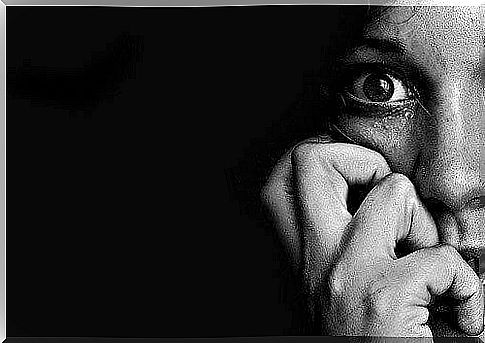
Posture and fear body language
Posture is a really important element of fear in body language. In general, muscles tense during fear. First, the fearful person begins to shorten (the body does this to take up less space). This expression refers to the desire to protect oneself and seek refuge in one’s own body.
Uncertainty, nervousness and anxiety are manifestations of fear. These three states tend to manifest when a fearful person makes quick and sudden movements. A person who is unable to stay still is not calm. When fear takes a grip on a person, he or she is more likely to perform clumsier or sudden movements.
In the same way, it is common for a fearful person to put their hand in a gust. This is a sign of defense. The person does this to create a barrier that protects and keeps him away from the outside world. This obstacle can also be a sign of fighting the outside world.
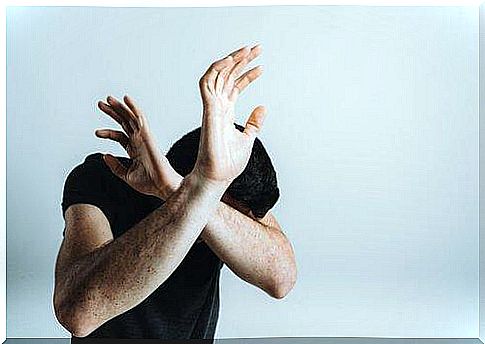
Other signs of fear
There are other expressions that are part of the body language of fear. For example, the eyes can reveal fear. Nervousness can cause a person’s eyes to wander and blink more. But if a person feels deep and intense fear, he or she may not blink his or her eyes so much. The purpose of this last mechanism is to keep the threat visible.
On the other hand, hands are also an important factor in communicating and expressing emotions. Fear is no exception. When someone is scared, they usually move and twist their hands, put their hands in their fists, or hide their hands. keeping your limbs hidden is an instinctive sign of self-defense.
In general, when someone is scared, they tend to make short, fast, and unpredictable movements. And if a person is really terrified, something the opposite happens: the person freezes. In the first case, he cannot stay put. In the second case, he is in place and in a stooping position. In this way, fear body language basically works.
